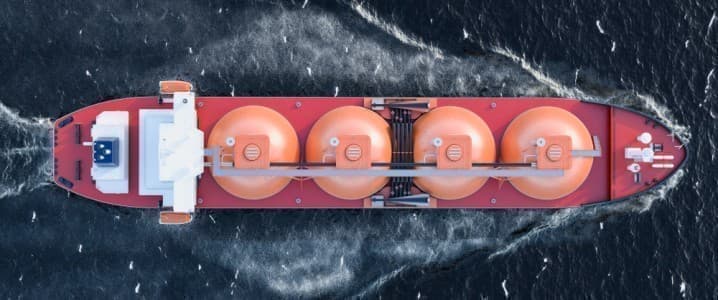Gas prices in Europe are plummeting amid unseasonably warm weather across Europe and as storage fills up to capacity. This has no doubt prompted a sigh of relief in government circles, but celebrating a mild winter in October would be premature.
Reuters’ John Kemp noted in a recent column that complacency is the last thing European leaders want to be right now, even as gas prices drop and inventories rise to near-record levels.
Kemp recalled that in Germany, heating season started earlier than usual this year, amid a colder than usual September, suggesting the weather is not something to base your hopes and plans on.
Bloomberg, on the other hand, quoted an analyst and meteorologist from an Italian energy company as saying that “The European gas glut is expected to last until at least December. It is unlikely Europe will see a prolonged cold spell in November.”
That may or may not come true but average temperatures in Europe for November over the past 30 years or so show numbers that normally require heating, especially at the minimum end of the daily range.
Whether Europe gets a mild winter or a normal one - let alone a colder-than-usual winter - it will not be able to avoid heating season. And heating season is why the gas storage ramp-up at any cost has been priority number one for European governments.
Reuters’ Kemp reports that to date, the EU as a whole has filled its storage caverns to 93.6 percent of maximum capacity, which is the third-highest fill rate on record - and it’s set to keep increasing.
Yet once storage is full, it’s full, and you cannot add more to it. This is when Europe’s gas storage turns into a constraint. The constraint can be circumvented with floating storage, which is what is already happening. Reuters reported earlier this month that LNG tankers were idling off the coast of Spain and the UK, waiting to unload or waiting for prices to go higher.
However, floating storage is not the cheapest way to store LNG, especially when there’s a shortage of LNG carriers. So, if European gas buyers decide to store additional LNG on the tankers that carry it to Europe, the total gas bill will balloon further from already record levels.
The drop in gas prices, then, is not really as consequential an event as European leaders would like everyone to believe. October in Europe, especially recently, has tended to be milder than it used to be a couple of decades ago.
This has not meant, however, that the warm weather has stayed around until March the next year. December is always cold and so is January, although last February was unseasonably warm in some parts of Europe. But then March was unseasonably cold. One really cannot base their energy consumption plans on the best-case weather scenario.
This would be particularly risky in light of warnings from the International Energy Agency that the winter of 2023 could well be even more difficult for Europe because this year, it had six months of normal Russian gas supply. It won’t have that in 2023. And it would need to re-fill its storage once again after the heating season is over.
Analysts are also warning that this winter is more of a trailer than the whole movie about Europe’s gas troubles. With limited U.S. LNG production capacity and equally limited options for additional supply from other parts of the world such as Mozambique, Europe is facing an extended supply crunch that puts demand reduction front and center. Europe looks like it will need to learn to consume less energy for more than a couple of months.
By Irina Slav for Oilprice.com
More Top Reads From Oilprice.com:
- Colombia Is On The Brink Of An Energy Crisis
- Biden Just Put A Floor Under Oil. Will It Work?
- Oil Holds Gains Despite Crude Inventory Build


















